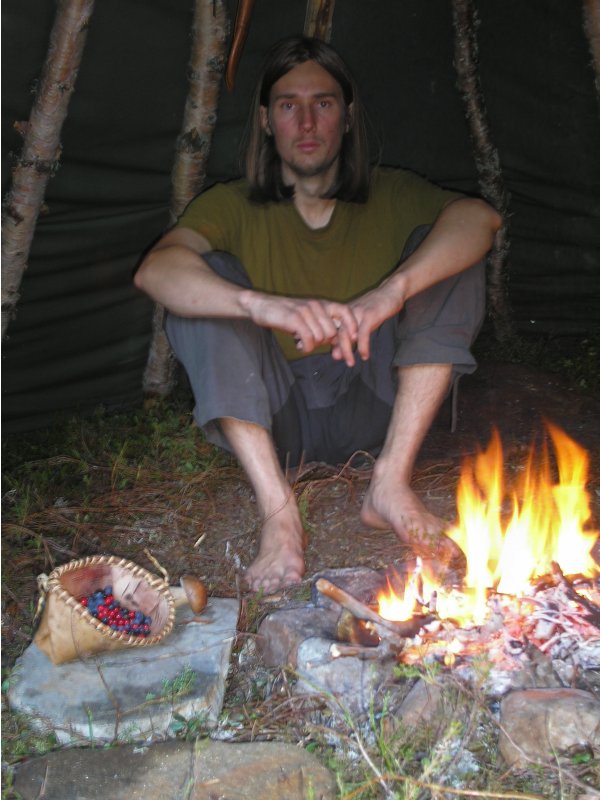Still a little early to get too excited but I may be about to give the “new” kid on the block a shot. The acreage I’m looking at was recently owned by a big company that paid a huge price for the lease position to develop the Eagle Ford Shale. Despite the hype there are EFS areas that are crappy and this was one of them. The company lost their butt and is selling out this position cheap. There are other shales and limestones that have been known for decades to be productive (to some degree) immediately above and below the EFS. And $90 oil (thanks to the POD) has made some of them potentially viable. From March 2012: http://www.championgroup.com/news/buda-beneath/
“Knock, knock. Who's there? Buda. Under the world-class Eagle Ford oil window is yet more—and much easier—oil in the Buda limestone. The formation is naturally fractured, so stimulation isn't necessary; early horizontal attempts have tested as much as 1,635 barrels of oil equivalent (BOE); and more plentifully available, ordinary-horsepower rigs can do the job.
But Houston-based Goodrich Petroleum Corp., which began looking at tapping this hydrocarbons-rich reservoir in early 2010, finds that it's still early in determining whether the additional play is highly repeatable or wildly statistical in nature. While Eagle Ford oil-window wells have become fairly predictable in the past few years in terms of initial production (IP), decline curve, estimated ultimate recovery, and best drilling and completion practices, Buda Lime results are still all over the spreadsheet.
"The results vary from wells in areas that are highly naturally fractured to those that don't have as many fractures. In Frio County, Texas, Blackbrush Oil & Gas LP is focusing the Buda, their Carnes 7H tested 1,167 BOE from an unstimulated, 4,215-foot lateral and their Carnes 6H IP'ed 1,635 BOE (89% oil). Meanwhile, their Lancaster C 1H came in at 512 BOE, Pals Ranch #9H at 530, and Burns Ranch 30H at 500.
Also, among the two highest IP'ing wells, Carnes 7H has held up better over time, with a first-30-day-average of 871 BOE per day or a 25% decline, while Carnes 6H made an average 1,000 BOE per day in its first 30 days online or 39% less. "You're looking at $3.5- to $4 million per well and your threshold to get a 30% internal rate of return is very low—call it 50,000 or 60,000 barrels at current pricing. So, the hurdle rate is very low, but it's a play where you might get 40,000 barrels on one well and 500,000 barrels on another."
Buda Lime has long been produced northeast of the Eagle Ford play and it is known to be present beneath the Eagle Ford in South Texas, updip of the Edwards Trend. "But no one has really, until recently, drilled it horizontally." Vertical tests of the past produced spotty results—again , due to the hit-or-miss natural fracturing. The hydrocarbons have varied as well, from sour to sweet. "It's been very erratic—what you find and where you find it."
IT’S THE BUDA, BABY
First unread post • 3 posts
• Page 1 of 1
Re: IT’S THE BUDA, BABY
Sounds like the Buda is an excellent candidate for horizontal drilling. You should be able to tell from the well logs (electrical resistivity, etc.) if the drilled zones are naturally fractured---if they aren't, well then....do a frack job.
Either way you win.
Looks like you are on something good there.![happy11 [smilie=happy11.gif]](https://peakoil.com/forums/images/smilies/happy11.gif)
Either way you win.
Looks like you are on something good there.
![happy11 [smilie=happy11.gif]](https://peakoil.com/forums/images/smilies/happy11.gif)
-

Plantagenet - Expert

- Posts: 26619
- Joined: Mon 09 Apr 2007, 03:00:00
- Location: Alaska (its much bigger than Texas).
Re: IT’S THE BUDA, BABY
Fractured limestones that aren't chalky (Austin as an example) can be quite tricky. It comes down to how much storage capacity is available. I worked for a company back in the nineties that drilled the first horizontal wells into the Canadian overthrust belt in an area where the Mississippian dolostones tend to have laterally unpredictable vuggy porosity. The fracture connection to the vugs along with horizontal wells drilled along the axis of the folds allowed for access to a large amount of storage area. That worked well. On the other hand I was also exposed to a fractured carbonate play in Colombia where there was very little in the way of matrix porosity with most of the storage capacity sitting in the fractures. Much worse results, not surprisingly. A lot of this is very predictable. A friend of mine Roberto Aguilera holds the research chair for unconventional resources in the engineering faculty at University of Calgary. He wrote a book many years ago called Fractured Reservoir Engineering which is still the bible on this subject to my mind. Well worth the read, some good math relationships in there with respect to fracture aperature, apparent perm and flow rate.
-

rockdoc123 - Expert

- Posts: 7685
- Joined: Mon 16 May 2005, 03:00:00
3 posts
• Page 1 of 1
Return to Peak oil studies, reports & models
Who is online
Users browsing this forum: No registered users and 36 guests
